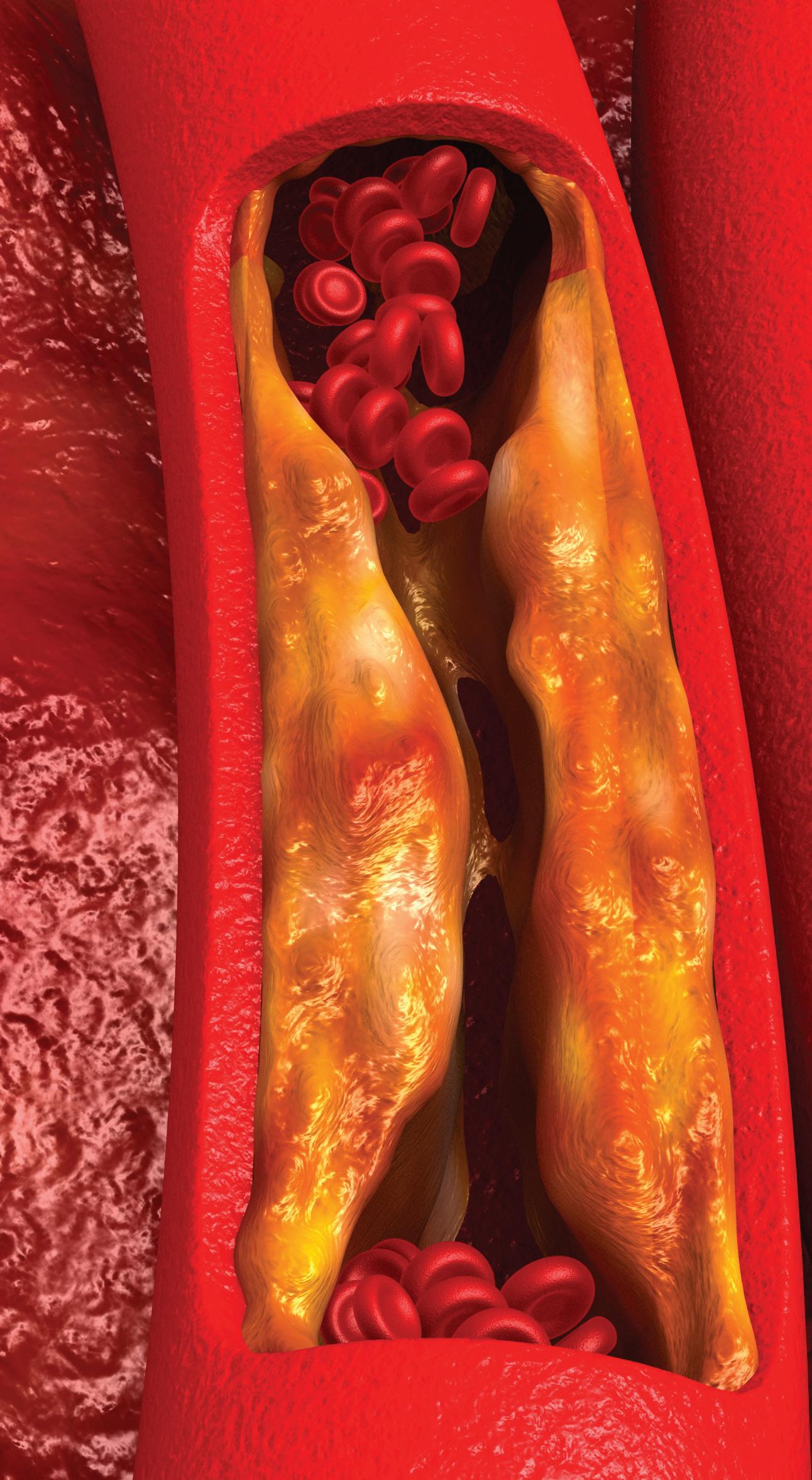14
FEASIBILITY OF USING DEEP LEARNING TO DETECT CORONARY ARTERY DISEASE
LATEST NEWS
Coronary artery disease (CAD) remains the leading cause of death worldwide. That is why accurate, practical, and cost-effective tools are needed to detect cardiovascular disease. In addition to conventional predictive models, based on clinical risk factors, there are some facial features that are associated with an increased risk of cardiovascular disease, such as alopecia, gray hair, facial wrinkles, earlobe folding, xanthelasma, and corneal arch, so a predictive model could facilitate the timely detection of these diseases. The use of these facial features for disease detection has many limitations, however, owing to the few categories and low prevalence of facial features, lack of specific definitions, a quantifiable severity classification, and a low reproducibility in human identification. This is why a group of Chinese researchers has created a learning algorithm that is a promising tool for timely diagnosis based on facial photos (selfies). Shen Lin and collaborators from the National Clinical Research Center of Cardiovascular Diseases in the People’s Republic of China conducted a multi-center cross-sectional study
in which data from two studies performed in nine sites in China was obtained. Participants underwent elective coronary angiography or coronary surgery. Patients were photographed prior to the procedures, full face and in profile, using a digital camera with more than twenty million pixels. Interviews collected data on economic status, demographic situation, characteristics, lifestyle, family history, and medications used. The researchers concluded,























